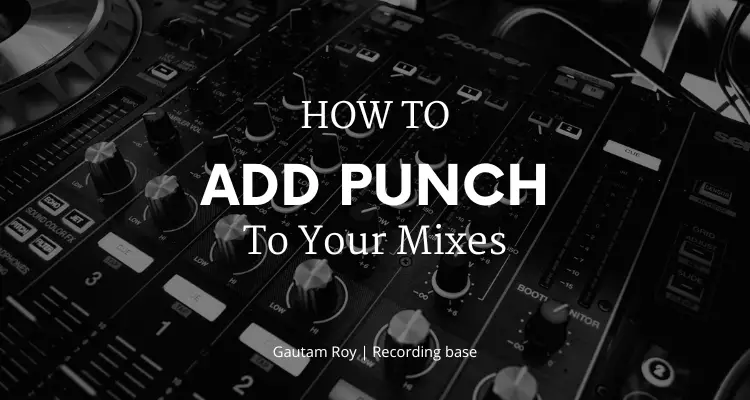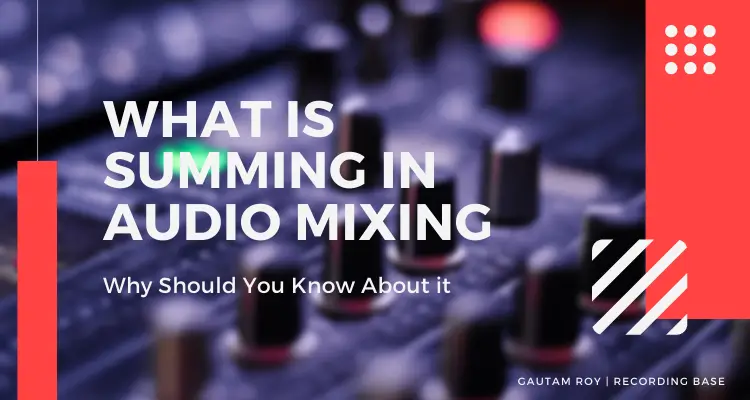Guitars are used in almost all music genres that are popular today. Regardless of whether you’re a guitarist, engineer, or both, you have to know different mixing techniques that’ll help you ensure that the guitar sound is perfect in a song.
If you learn how to mix songs well, you’ll not only enjoy your hobby but you may start earning money from it.
Keep in mind that selling music is a great way to earn passive income even if you won’t become famous. In case you’d like to get your music to the next level, you should learn the following guitar mixing techniques for beginners.
Table of Contents
- 1 1. Stereo Delay
- 2 2. Filter Out the Low End
- 3 3. Evaluate the Guitar Parts
- 4 4. Don’t Use Up All the Space
- 5 5. Skip the Solo Button
- 6 6. Mute Unnecessary Parts
- 7 7. Balance the Levels
- 8 8. Don’t Overdo the Distortion
- 9 9. Bus Guitar Tracks Together
- 10 10. Experiment with Reverb
- 11 11. Check the Phasing
- 12 12. Make Sure the Sound Is Worth Capturing
- 13 13. Add Modulation Effects
- 14 14. Don’t Delete the Mids
- 15 15. Double Track the Rhythm Parts
- 16 Final Thoughts
1. Stereo Delay
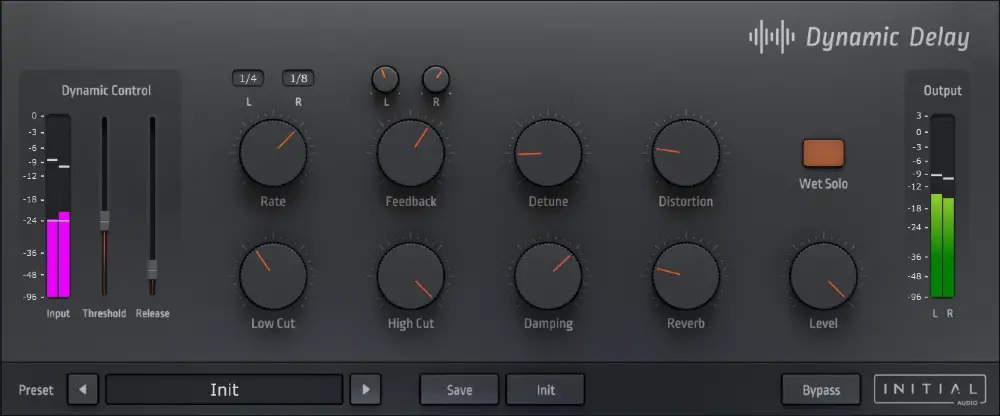
A subtle stereo delay can significantly improve the sound of a guitar track if the mix feels thin. This mixing technique can provide extra width without creating a noticeable delay as long as it’s short.
Try setting the delay to be between 60 and 100 milliseconds to get the desired effect.
For some tracks, it might be useful to experiment with even shorter delays. Depending on the effect you want to get, it might be worth trying setting a delay of only a few milliseconds.
This can be a great way to widen your guitar sound.
If you don’t have a good stereo delay plugin for guitar, I would suggest you go with Initial Audio’s Dynamic Delay which I have tested in my studio. The results were amazing.
Disclosure: This post may contain affiliate links, which means we may receive a commission if you click a link and purchase something that we recommended. Read more about Affiliate disclosure here.
2. Filter Out the Low End
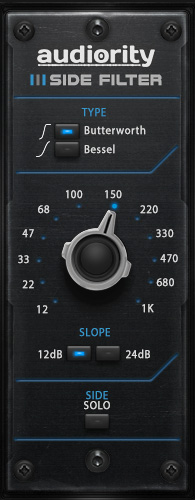
Equalization is something that most beginners struggle with learning.
The reason why so many folks struggle with this technique is that they attempt to add frequency content to their tracks before they fix any parts that make their mix sound bad.
It’s common to hear your guitar clashing with the bass guitar on the same track.
One of the most effective ways of eliminating this clash is to filter out the low end of your guitar mix. You can do this with a high pass filter equalizer.
Arturia’s Side Filter is a great high-pass filter EQ for guitar mixing.
Doing this is a great way to make sure the instruments on your song sound perfect together.
It’s common practice to set the high pass filter at around 120 Hz as a starting point. You can then further change it depending on the density of your song.
3. Evaluate the Guitar Parts
Before you start mixing solo guitar tracks, you first need to listen to the whole arrangement.
This will help you determine the exact purpose of each guitar part.
Not every track is created for the same reason. One might serve as a rhythmic element that was added for tonal complexity, while another might be the focal point of the song.
If you take the time to evaluate the guitar parts before you start the mixing process, it’ll make it easier for you to mix the whole song.
4. Don’t Use Up All the Space
The guitar track may be the most important element of your song, but that doesn’t mean it should use up all the space.
There should be no battle over the frequencies once the final mix is done. You can avoid this problem by making sure that each instrument used in the song is clearly audible.
Even if you’re looking to make the guitar track stand out in a song, it’s not going to sound good if it’s not balanced out with other instruments.
Remember that the average listener will pay attention to the song as a whole, not individual tracks.
5. Skip the Solo Button

When you decide to make changes to your guitar track, you’ll naturally want to listen to them later.
Some engineers make the mistake of listening to the solo track, which may put them off. Instead, what you should do is simply bring up the volume of the guitar track to hear the changes while listening to the song.
Whenever you only listen to the solo guitar track, it will end up costing you a lot of time.
Although you may think a track sounds good when you play it without the other parts, it won’t sound the same when you listen to the song as a whole.
6. Mute Unnecessary Parts
Beginners often make the mistake of leaving parts that don’t contribute to the music in any way. In case you do this, you might not be able to determine which changes you should make.
If there are any parts that don’t have a purpose in the song, make sure you mute them before you start the mixing process.
7. Balance the Levels
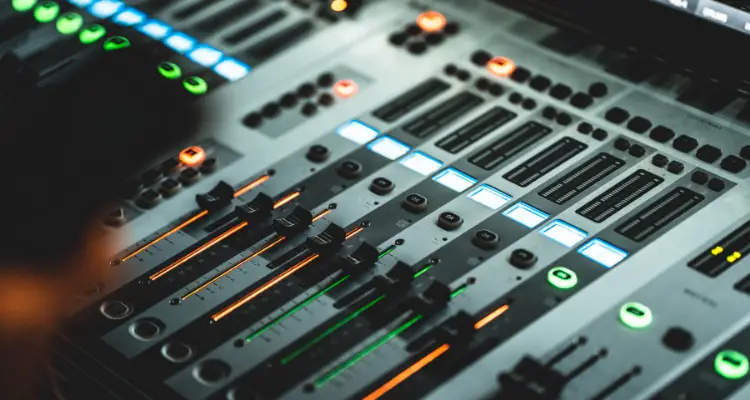
If you’ve used more than one microphone to record a guitar track, it’s important that you balance your levels to ensure the signals from each mic match each other volume-wise.
Of course, it’s equally important to balance the levels with other parts of the mix.
8. Don’t Overdo the Distortion

It will take time before you figure out the perfect amount of distortion for each track you mix.
A common misconception, especially among metal players, is that a lot of distortion will lead to a heavier tone.
If you’re looking for a heavier tone, you should try to use an overdrive to push your amp or sim harder.
Whatever you choose to do, make sure that you don’t use a lot of distortion as it will negatively affect the clarity of the record.
9. Bus Guitar Tracks Together
You’ll probably have more than one guitar track when working on a song. Instead of trying to mix the individual tracks, you can group them together for increased efficiency.
This approach is referred to as bussing tracks together and is an excellent way to ensure there is cohesion among your tracks.
10. Experiment with Reverb
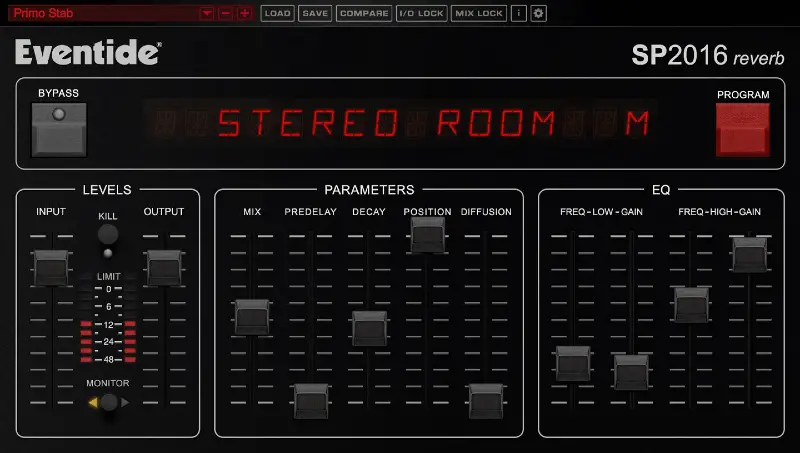
You can never go wrong with adding reverb to an acoustic guitar track.
This is especially the case if there is a gentle part of the track. It’s best to set a reverb with a medium length decay of one or two seconds.
When you add this effect, it will give your guitar sound a wider spread.
Although reverb is used to add more space to your track, it is also a powerful tool used for evoking emotion.
For instance, if you use bright sounding reverb, it will make your song uplifting and energetic. On the other hand, a reverb that sounds dark will evoke emotions like sadness.
You can try with these guitar reverb plugins.
11. Check the Phasing
In case you use more than one microphone to record, you’ll have to check the phasing from time to time.
Occasionally, your mics may be out of phase with one another, which will result in a lack of low-end content.
You can check whether this is happening to you by simply panning both mics up the center and then flipping the phase on one of them in and out.
It’s important to check the phasing before you start recording. This is because an out-of-phase channel can suck the low end out of a mix.
And that means that it’ll be very difficult for you to fix it once you get down to the mixing process.
One of the main reasons why phase problems occur is due to cables not being wired properly. It can also be caused by poor microphone placement.
In case you don’t have a lot of experience with recording, take the time to learn the basics to ensure that you don’t face technical problems.
If you want to know about phase reversal, then you should read my ultimate guide on this.
12. Make Sure the Sound Is Worth Capturing
Although it may be common sense to make sure the guitar sounds good when recorded, many engineers keep even the bad takes and try to fix them during the mixing process.
This is a waste of time that could be spent on perfecting the melody and creating a sound that’s worth capturing.
13. Add Modulation Effects
When you add modulation effects to a guitar track, they should be very subtle. If you manage to do it right, modulation can add more depth and space to the guitar.
14. Don’t Delete the Mids
Some of the most fundamental frequencies of guitars are in the mid-range. In case you decide to erase the mids from your guitar tracks, it will cause the other instruments to overpower them.
So, don’t delete the mids without a reason. Instead, you should reduce the mid-levels and adjust them with other instruments.
15. Double Track the Rhythm Parts
This guitar mixing technique is perfect if you’re working on hard-rock or metal music.
When you double-track the rhythm parts, you’ll create a massive sound that will be very impressive.
However, it’s important not to duplicate a single take but rather take two different performances.
Doubling the guitar rhythm parts, add a slight delay in one track, and pan them to left and right. This way you will create a virtual stereo guitar effect that adds some depth to the song and feels pleasant to listen to.
Final Thoughts
Mixing is a vital part of music production.
Most musicians consider it to be the most important step, as it ensures that listeners will be able to focus on the music without being distracted by the mix.
Even if you record an amazing song, people won’t be able to appreciate it without proper mixing.
It takes a lot of time and practice to master the art of mixing guitars.
The best approach is to start learning different techniques one by one. Thankfully, you can pick up a ton of great tricks and techniques online.
Once you find out firsthand how these mixing techniques can improve the sound of your guitar, it’ll be easier for you to determine which to use for songs you record in the future.
You may also like,

